Ukraine
Radioactive Roadtrip: Keeping Calm in Chernobyl
It was the early hours of April 26th, 1986. The small city of Pripyat situated in what was then the Soviet Union had switched off their nuclear-power-run bedroom lights and families slept in complete peace, unaware of the one-time shutdown routine maintenance on reactor number 4, one of the four reactors of the nuclear power plant nearby. The power plant that the entire world now cringes at the sound of the name. Chernobyl.
That night catastrophe occurred. A disastrous decision was made to turn off several safety systems during the maintainence. The reactor went out of control, causing an explosion that released more than a hundred times the radiation of the bombs dropped on Hiroshima and Nagasaki. The tragedy which is now referred to as the worst nuclear disaster to ever occur on planet Earth is one of only two nuclear catastrophes classified as a level 7 event (the maximum classification) of nuclear events.
The disaster wasn’t discovered until two days later when operators of a Swedish nuclear power plant detected unusually high radiation levels near their plant, (yep, it had already reached Sweden). Other European plants started to detect the same high readings and the Soviet Union was finally contacted. Denying any knowledge of the disaster to begin with, at 9pm they finally admitted that one of the reactors had been ‘damaged’.
Initially as the Soviets attempted to keep the accident a secret, water was poured onto the fires and followed by sand, lead and nitrogen. But that was only the beginning of a great battle to contain the contamination and prevent an even greater catastrophe. A battle that involved 600,000-800,000 firefighters and emergency workers from every corner of the former Soviet Union, sent to put out the radioactive fire, bury equipment, homes and any other radioactive material.
350,400 people were evacuated from surrounding cities and the most severely contaminated areas were resettled. These included cities in what are now parts of Belarus, Russia, and Ukraine. Shortly after the explosion thirty-one people died, whoever thousands more who were exposed to the high levels of radiation are expected to suffer a serious health effects from the long-term effects of radiation exposure, including cancers, cataracts and cardiovacular disease.
But despite ongoing strengthening work the hastly built sarcophagus is now crumbling. There are fears of a potential collapse which would cause the release of tonnes of radioactive dust. The disaster has of course raised debates about the safety of nuclear power and dramatically altered the world’s opinion on the use of nuclear power.
Visiting Chernobyl has easily been one of the eeriest experiences in my travels. Seeing the snow-covered city frozen in time gave me chills that continue to haunt me whenever I look back on the photos and memories of the day. But between radioactive snowball fights and a (surprisingly delicious) radiation-free lunch we were able to use the day to appreciate the positivity that can be seen through such a horrible disaster. The stories of self-sacrifice and bravery that can be heard about so many of the people who risked their lives in the Chernobyl disaster remind me that humanity is capable of extreme kindness in the most tragic and desperate times.






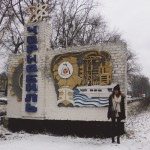








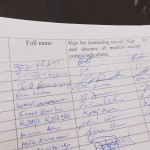
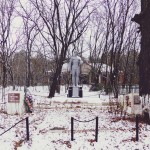
















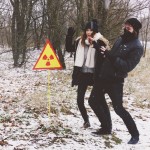


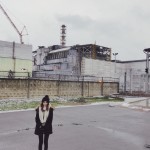













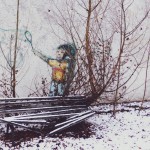













CrazyGuyinThailand
Cool trip